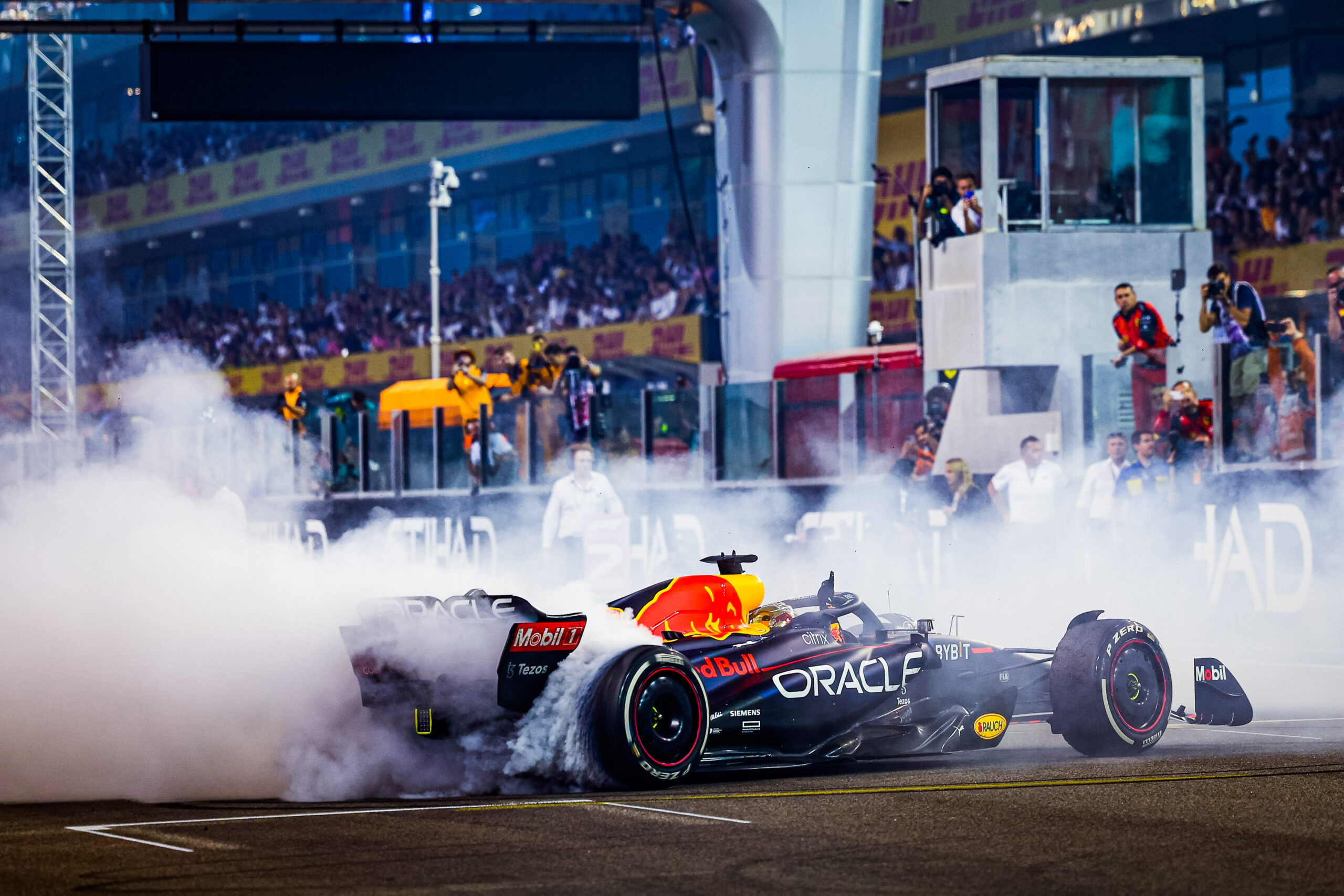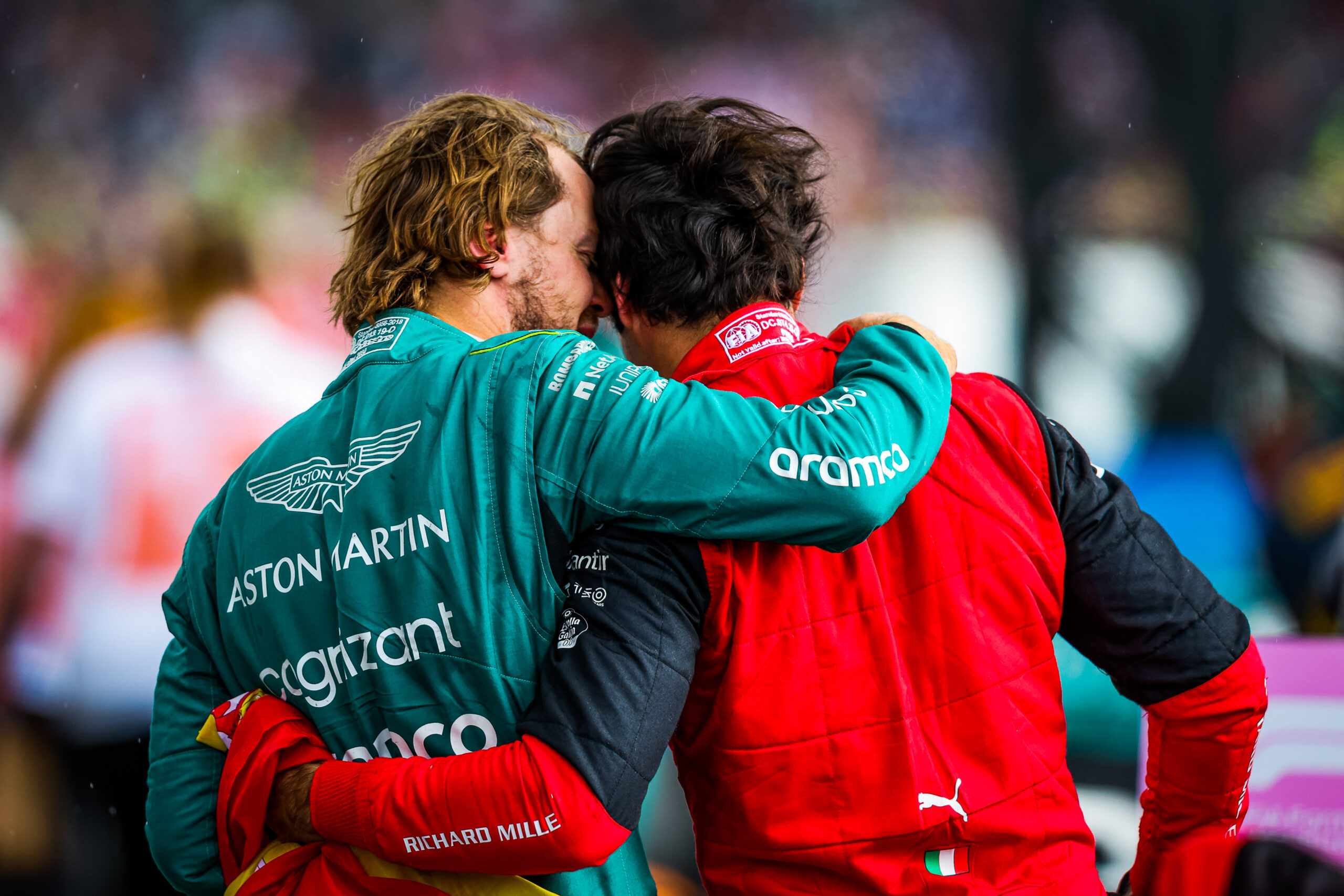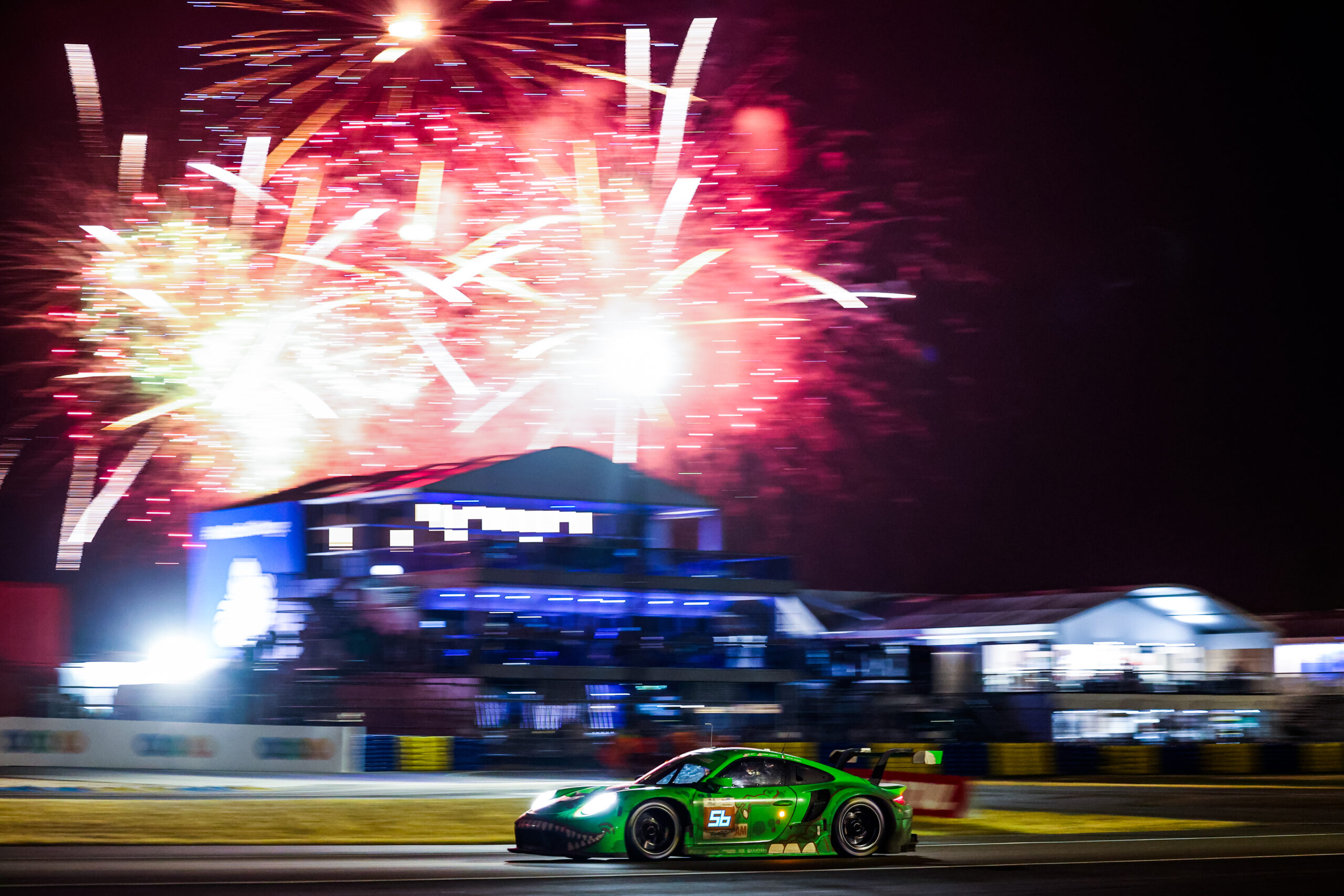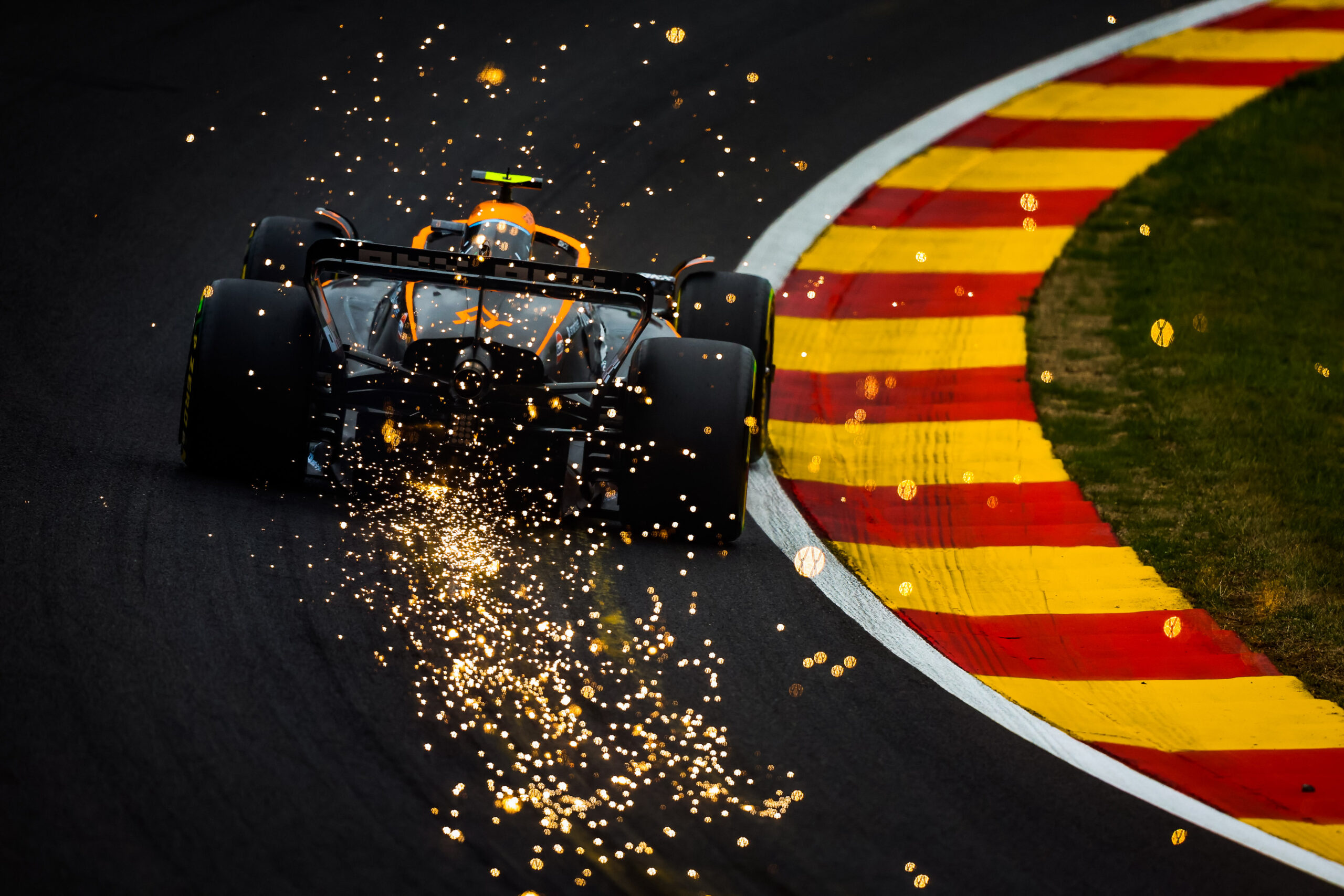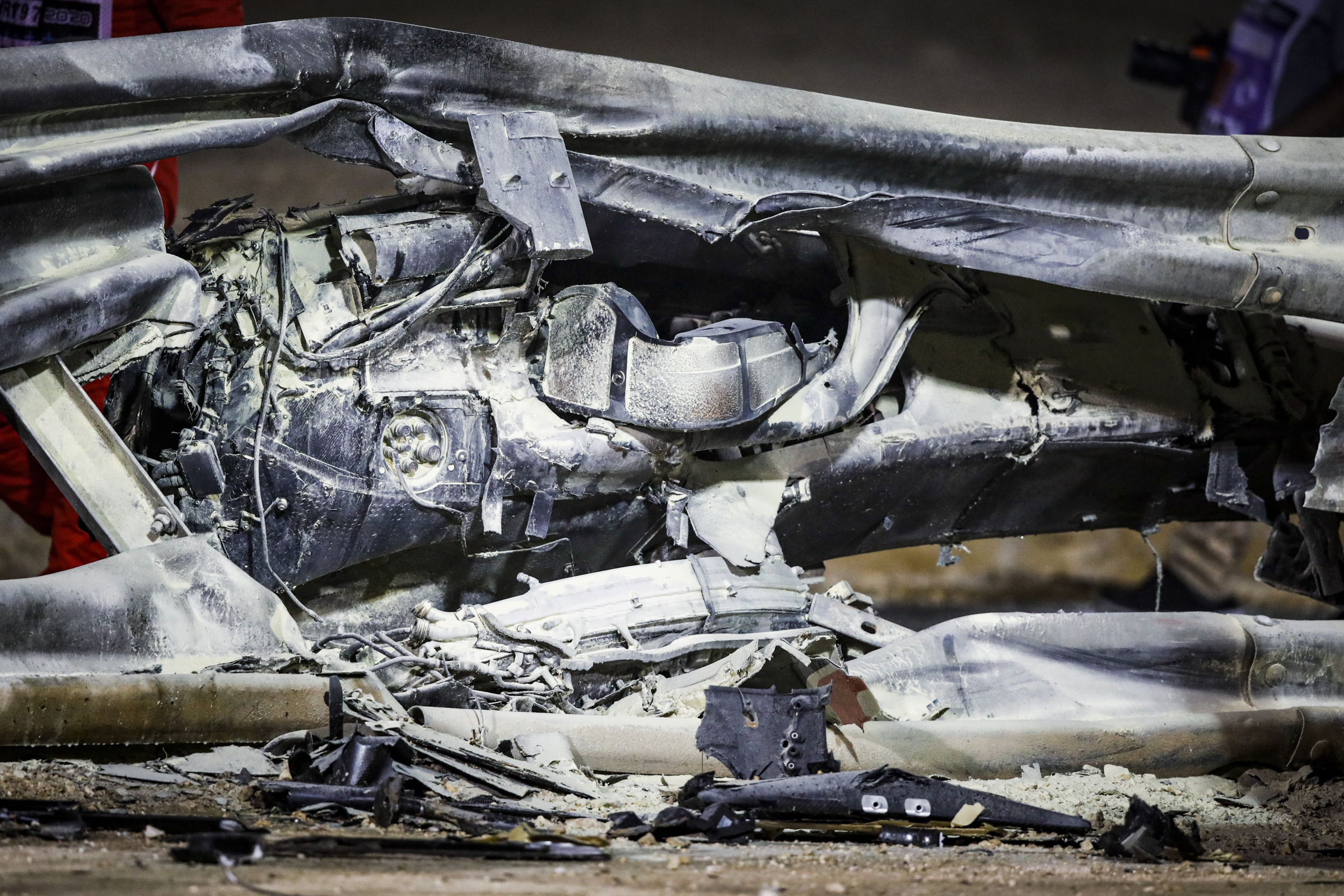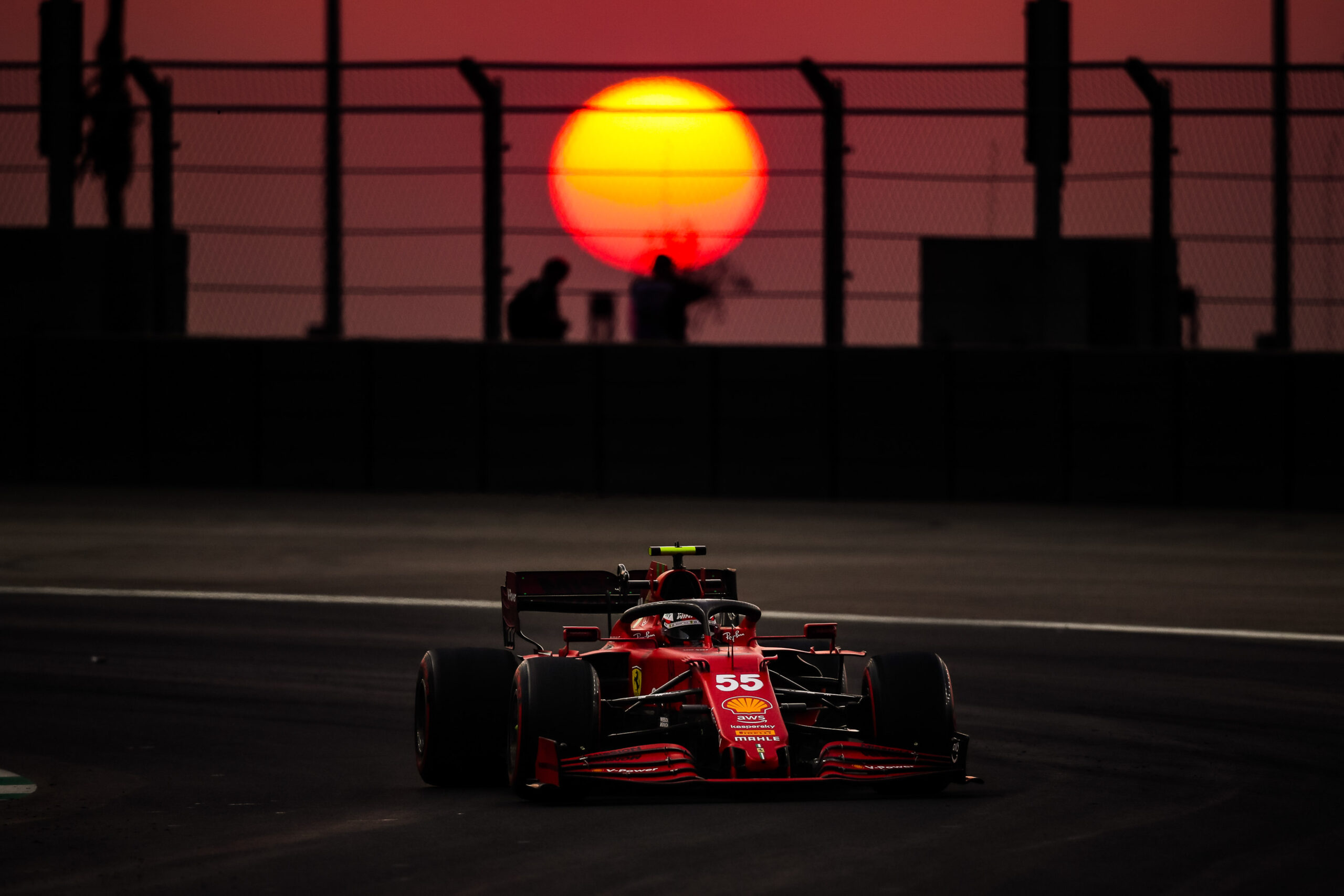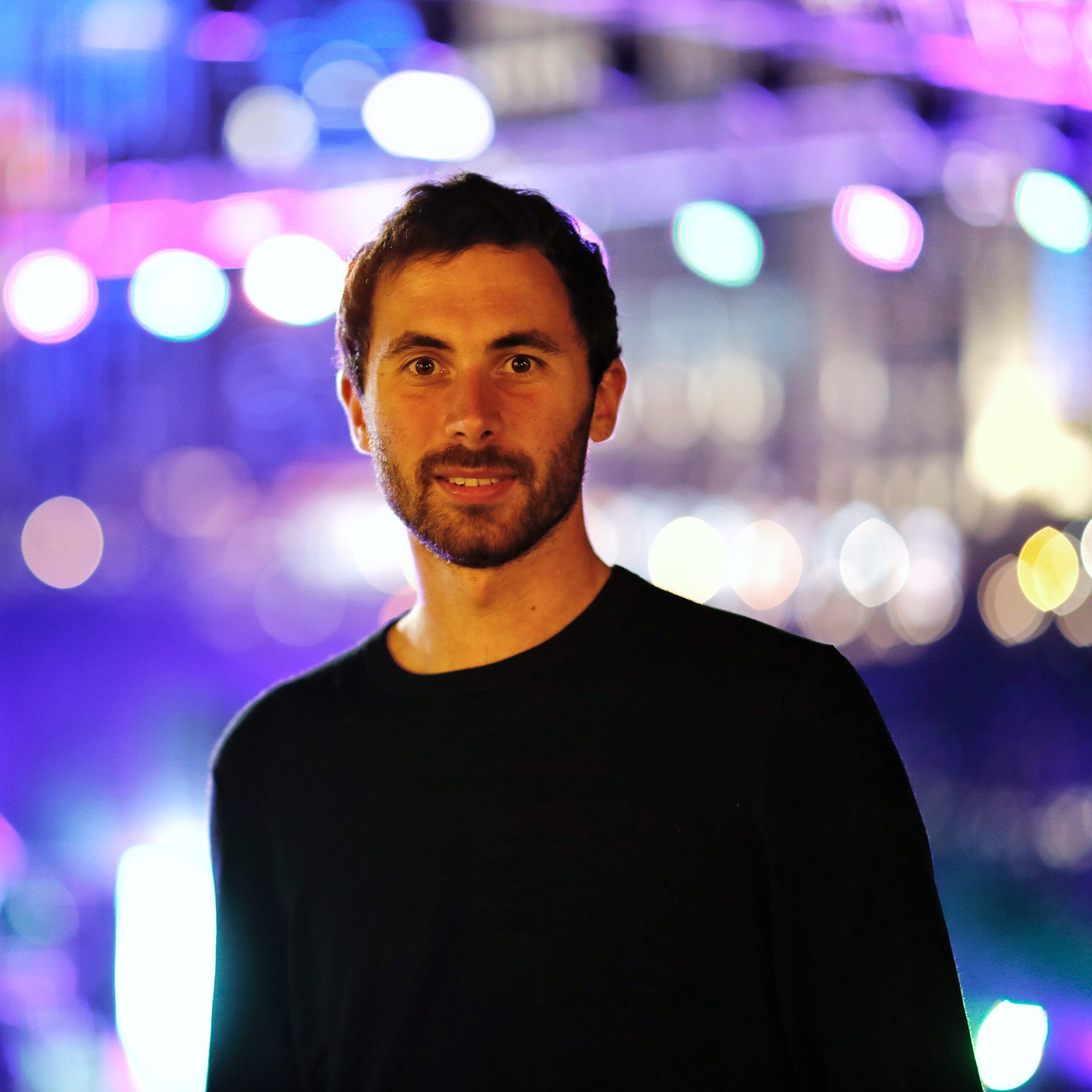Words: Aaron Mai Photos: Florent Gooden
Following your passion and not a paycheck has the ability to land an individual in some incredible situations. This story began back in 2004 in northern France when a young Florent Gooden picked up his father’s old analog camera and headed along to a racetrack. Fulfilling his passion of immortalising motorsport moments in hundredths of a second would ultimately lead Florent to work on the world’s biggest motorsport stage — Formula One. F1 is undoubtedly one of the world’s most photogenic sports; exotic locations and incredible cutting-edge technology is a recipe for eye-catching imagery, and those tasked with capturing it make it look effortless. So what exactly is it like being a professional, full-time motorsport photographer tasked with capturing all the action of Formula One, LeMans, Dakar and much much more? Recently, between editing photos and flying to his next Grand Prix, Florent took some time out to let you peek behind the curtain of a professional Formula One photographer’s life.
Thanks Florent for taking time to chat with us here at NZPC. How did you become involved in photography?
Hi team! No problem! This was by sheer coincidence as it happens! I was actually an F1 fan first, I brought an old analog camera of my father to a racetrack back in 2004. I just enjoyed taking photos, so I bought a small compact camera and started enjoying shooting more and more everyday.
Is there any childhood memory that has shaped your career as a photographer?
For sure, it must be the day I went to the 2006 F1 European GP at the Nurburgring with a friend. He had a nice DSLR camera and this made me realise I definitely needed something like that to improve my own shots. From this day on, I took it more seriously and spent every bit of my money on cameras, or going to nearby race tracks to practice shooting. Shortly after, I knew I wanted that to be my job.
Are you self-taught or did you study photography?
Self-taught. It’s definitely the kind of job that you can learn by yourself. You just have to practice a lot and be curious. It’s all about trying different things, settings, positions, and repeat! I’m lucky enough to have grown up in the north of France, which is really close to many motorsport events in Belgium, or the Nurburgring, so I tried to go there with friends as often as I could. Y
You photograph the pinnacle of motorsport. How did you get started as a Formula One photographer?
This took a little while! My first publications and work were in other series. Seeing me at race tracks again and again, a photo agency then came to me and asked about my availability. I then started to get quite a lot of jobs in minor race series with them. In the end, after only six months, I had to replace someone injured and fly the next day to the Singapore Grand Prix! I didn’t see that coming, and it’s what really launched everything for me in F1, as it went well and DPPI had trust in my work and sent me to other races from the year after.
What is the most rewarding thing about your job?
When the client is happy, definitely! It means that the work has been properly done, even if you can always do better.
Do you have much creative freedom when working or are you shooting a certain way for clients?
It really depends on the event and therefore the clients. Most of the time, we have a lot of basic images to shoot, or even the nonsport ones to cover before being able to be free with creativity. This is what pays the bills, not a beautiful unsharp image! However, when a sport or a moment in time allows for creativity, I will immediately try something different.
How many days a year are you away from home working?
I am away from home for about 160–170 days a year! I know, that’s a lot of time away from friends and family.
Many people only see the glamorous side of your job, how tough physically and mentally is a weekend of Formula One?
It is true that it’s not as easy as it seems! It takes a lot of energy, you don’t count your hours or worry about what the weather is like. You walk kilometres everyday with all the gear, always rushing because in F1 you have to follow the flow. Everything is scheduled by the minute, and there is not just cars in action to shoot, but also many other things such as marketing activities, VIP guests, press conferences, lifestyle pictures or people, and mechanics, technical details, and everything else. In between all of that you grab any free time you can find to go and edit your images and send them away as fast as possible, catch up with clients or potential future clients! Not to mention all this can happen when you have just travelled 10,000 kilometres with a six-hour time difference to home. If you don’t have the passion for the job, you would not last more than a year or two I think!
You are also a regular Dakar rally photographer. Do you work such an event alone or as part of a team?
The Dakar Rally is a big thing! The agency has been covering this event since day one. We go to Dakar with five to six people every year. It is definitely the main event for us, together with the 24 Hours of LeMans. Three or four photographers are in the car following the competitors, one stays at the bivouac to shoot portraits and atmosphere shots, and the last one is in a helicopter. You can imagine how expensive this event is to cover; we always go there without knowi
How difficult is it working in such hostile environments like the Dakar?
The Dakar Rally is tough! Nothing else during the year lasts that long, more than two weeks, during which you are in a total lack of rest and sleep. After a few days, you don’t know how you’ll manage for so long, but then you get into the rhythm and kind of get used to it, until you’re exhausted during the final days. You are also exposed all the time to the elements. It can sometimes be very hot, but also very cold with a lot of wind. The worst part are the sandstorms, especially if they occur at night because then you can’t even sleep in your tent. You have to pack everything up in a rush, and go sleep in the car. At the end, you don’t even know why you actually do this, but then when you’re back home and can rest for a week, you look back and think how crazy and beautiful these experiences are!
What keeps you inspired and motivated to stay on your career path?
Passions of both F1 and photography definitely drive me, and to believe I’m more and more creative every day. If I feel like I lose one of these someday, it will be time for me to change jobs.
Your work is incredible. What photographers do you look up to as mentors?
Passions of both F1 and photography definitely drive me, and to believe I’m more and more creative every day. If I feel like I lose one of these someday, it will be time for me to change jobsThank you very much, but I think there is always a possibility to do better. When I started to get into photography, to me the best were guys like Paul-Henri Cahier, Darren Heath, Bernard Asset, François Flamand. They were and still are such an inspiration! Especially as they are all nice guys. Now that I got to know others with time, I would add Vladimir Rys, Clive Mason, Antonin Vincent, Joao Filipe, Camden Thrasher, Jurgen Tap, and many more!
What are a couple of your most memorable interactions with drivers?
I’d say these moments were actually off track. Especially during Covid times, when we were in these bubble things. Playing ping pong with mechanics and Antonio Giovinazzi at the hotel for a couple of days between races when we were not allowed to go anywhere for example! These times without anyone in the paddock allowed for some much better time spent with drivers. Now they barely have a second to speak to you.
Have you ever managed to get a photo of Kimi Raikkonen smiling?
I actually got a few! Most of them were with Antonio, because they got along very well. Kimi did smile from time to time
You have seen some incredible motorsport memories in front of your own eyes; were there any times when you found it difficult to press the shutter button?
Maybe at the terrifying accident of Grosjean back in Bahrain 2020! I shot the aftermath, the ball of fire. But once I came closer and realised there was a burning cockpit stuck in the barriers, without knowing he was already out and sat in the medical car, it was a big shock. I stopped shooting, thinking there was probably a guy in there burning alive.
What are your three favourite tracks or locations to shoot at?
F1 Singapore, Macau GP, and F1 Monaco!
What brand of gear do you shoot with?
Canon. From the beginning, I will probably never ever change.
With the explosion in popularity of F1 thanks to Netflix, has this affected your job at all?
It really did, and believe it or not, in a bad way! Travel expenses have dramatically skyrocketed because of that, especially the hotels. Some places where we were staying for 500€ for the race weekend in the past are now 2000€ or 3000€ for example. Therefore, we have to stay much further away and still spend much more than what we used to. Despite this, the contracts stayed almost the same since with no-one wanting to pay more. Combine this with prices of flights that have increased 50 per cent since the war in Ukraine, it’s actually very hard to make a profit with F1 jobs. We are lucky to cover different motorsports that sometimes even compensate for losses of faraway and/or expensive F1 races!
Have you gathered any cool souvenirs from your time working in motorsport that are in your mancave at home?
I have kept all my passes since I’ve started. I have two big full boxes of those now, I love it! I also kept a camera I drowned in a river at the Dakar Rally, and a couple pairs of gloves from F1 drivers
Is there anything you haven’t photographed yet but really want to?
Pikes Peak, Bathurst, and Indy 500. These are the only events that I’m still dreaming of!
You get to see some incredible behind-the-scenes parts of motorsport, just how much access do you have at events?
This is true. Having access to the F1 paddock, press conferences, and marketing events allow for some great behindthe-scenes moments. What I like the most is what’s happening at the back of the F1 garages — even on TV you can never see what is there. It’s unbelievable to see mechanics at work on the spare parts, repairing carbon fibre, working on full engines made up of thousands of bits!
How many images do you typically shoot at a round of Formula One? How many for Dakar?
In a whole four-day F1 event, I’d send about 1000 to 1500 images, yet I choose from about 10,000! That’s a lot of time spent on the computer at the end of the day. For the Dakar, I think it’s about the same per day, but it lasts for more than two weeks so it probably goes up to 25,000 images in total!
Is there a particular photo you have tried to get but haven’t managed to capture yet?
I can’t really tell! I’ve missed some shots I wanted to do for sure. Maybe I haven’t exclusively shot a big F1 crash? Without anyone being harmed, of course.
Is there a particular driver who is camera shy? Also who is your favourite driver to photograph and why?
Let’s say Hamilton… He’s not camera shy, because he likes to be shot with his fashionable clothes on when he arrives in the paddock in the morning. But when this is done, good luck trying to get some images of him during the rest of the day! It’s so hard. The easiest would probably be Daniel Ricciardo. He is always fun and full of smiles. It’s even actually good to have shots of him not smiling, in case it needs to be used for bad performances someday!
What does 2024 have in store for Florent Gooden?
The Dakar Rally to start with of course! Then I hope I will work as many F1 races as I did this year, as well as a wonderful Le Mans edition with so many new manufacturers coming in, and a few other races.
What advice would you give to someone who is starting out with motorsport photography?
If you have the passion and dedication, it’s possible to get a job there even if there are only a few places available. There is not only one way to do this job. First key is to practice as much as you can on the race track. It’s a lot of investment at first, of both time and money spent on gear and travelling to race tracks. It could take years to build connections and friendships that will eventually lead to proper jobs — you just have to be prepared for that.
Thanks so much for your time Florent! We look forward to seeing you in the background of the next series of Drive to Survive capturing those motorsport memories one image at a time!
_________________________________________________________________________________________________
This article originally appeared in New Zealand Performance Car issue 306








